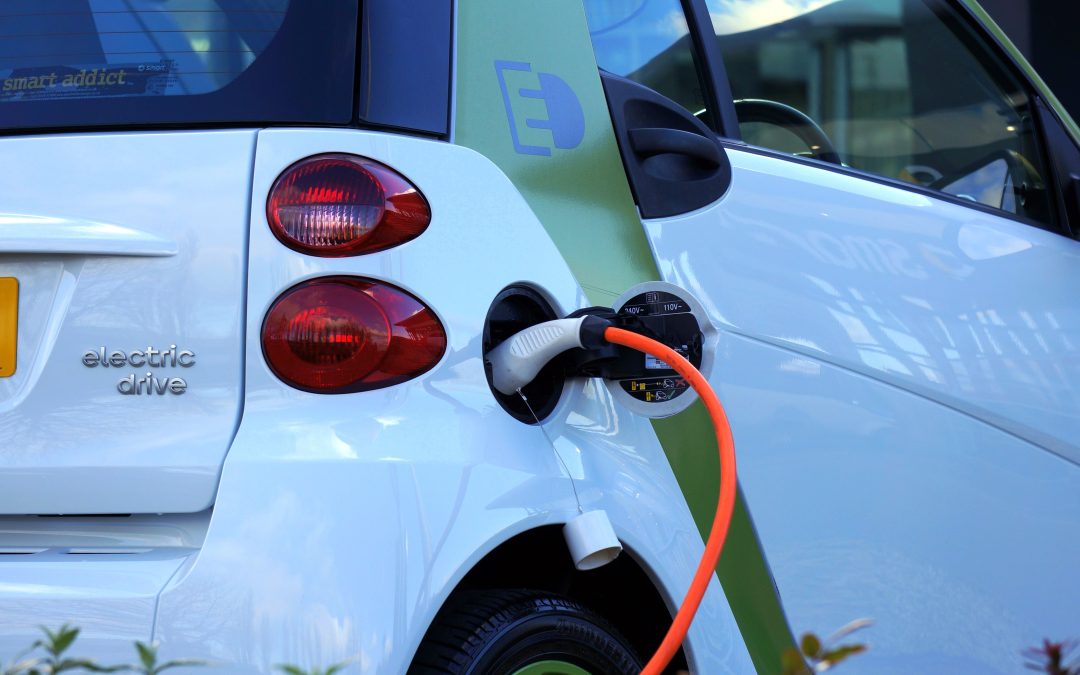As electric vehicles (EVs) gain popularity and become a more common sight on our roads, the need for a robust and widespread charging infrastructure becomes increasingly vital.
The UK government has set ambitious targets to ensure that EV drivers have access to convenient and reliable charging options, but recent reports indicate that they might be falling short of their goals. With less than a year left to meet the target of having six or more rapid or ultra-rapid electric vehicle chargers at every motorway service area in England, the government’s progress seems sluggish at best.
According to data from Zapmap, only a meager 23% of the 119 motorway services in England currently meet the target number of chargers. With an estimated 760,000 battery electric vehicles on the UK’s roads, this shortage of charging infrastructure is causing significant inconvenience for EV owners. Although there are approximately 400 high-powered charging units scattered across motorway services, capable of charging up to 682 electric cars simultaneously, the average number of rapid or ultra-rapid chargers at each location stands at a mere 3.4.
The situation becomes more concerning when we delve into the types of connectors available. The widely used CCS (Combined Charging System) connectors average nearly four per charger, while the popular Nissan Leaf relies on CHadeMO connectors, of which there are less than two per charger. This discrepancy poses challenges for drivers, especially those who own Nissan Leaf vehicles, who may struggle to find compatible chargers at motorway service areas.
Shockingly, six motorway services in England lack any high-powered chargers at all. These include Leicester Forest on both sides of the M1, Tebay South on the M6, Carlisle Northbound on the M1, Strensham Southbound on the M5, and Barton Park on the A1(M). This glaring gap in infrastructure leaves EV drivers in these areas with limited options and makes long-distance travel more daunting.
In response to these shortcomings, the UK government published its “Taking charge: the electric vehicle infrastructure strategy” in March 2022, which outlines plans to accelerate the deployment of high-powered chargers on the strategic road network. The government has allocated £950 million to the Rapid Charging Fund, aiming to instill confidence in EV drivers when undertaking longer journeys. The strategy paper explicitly states that every motorway service area should have a minimum of six rapid chargers by the end of 2023, with some sites even exceeding 12. However, as of now, only six services in England meet this requirement: Exeter on the M5, Rugby on the M6, Reading East and West on the M4, Thurrock on the M25, and Wetherby on the A1(M).
The government’s strategy paper also claims that rapid charge points, capable of adding around 100 miles of range in just 35 minutes, are widely available along England’s motorways and major A roads. It suggests that drivers are never more than 25 miles away from a rapid charge point. Additionally, the document highlights that over 70% of England’s motorway service areas have plans to install the required six high-powered chargers, indicating a positive response from operators. However, concrete action is needed to ensure that these plans are executed effectively and in a timely manner.
Zapmap’s latest charging statistics reveal that the UK currently has 42,566 charging devices, with 19% (7,928) of them being rapid or ultra-rapid chargers. Looking ahead, the government expects there to be a minimum of 300,000 public chargers of all speeds by 2030 and over 6,000 high-powered chargers along strategic roads by 2035. However, the Competition and Markets Authority’s forecasts indicate that by 2030, we may need anywhere between 280,000 and 480,000 public charge points to meet the growing demand.
Recognizing the pivotal role the Rapid Charging Fund plays in expanding the charging market, the government believes it presents a significant opportunity to not only improve the charging infrastructure at motorway service areas but also increase the overall availability of charging facilities for drivers. It acknowledges that the commercial viability of high-powered chargers can be challenging, especially due to expensive and time-consuming connections to the electricity system. Nevertheless, the government asserts that substantial efforts have been made across various departments to address these obstacles.
When we compare the government’s progress to that of Tesla, known for its extensive Supercharger network, one can’t help but question why the government’s efforts seem to be moving at a glacial pace. The need for a comprehensive, long-range, high-powered charging infrastructure is crucial for instilling confidence in EV drivers, boosting the EV market, and attracting global investors. The scarcity of charging infrastructure has become a rallying cry for the anti-EV lobby, impeding the wider adoption of electric vehicles.
In conclusion, while the UK government’s electric vehicle infrastructure strategy outlines commendable goals and a commitment to improving charging infrastructure, there is an evident need for accelerated progress. Meeting the target of six or more rapid chargers at every motorway service area in England by the end of 2023 is crucial for the growth and acceptance of electric vehicles. It is imperative for the government to work in close collaboration with operators, streamline the charging installation process, and explore innovative solutions to bridge the current gap. Only then can we pave the way for a future where electric vehicles are truly accessible and convenient for all.
